A tour of the trailblazing Elmley nature reserve: 'Little more than an hour from London and we feel we’ve been on safari'
One family’s steadfast commitment to Nature means the privately run Elmley National Nature Reserve in Kent teems with wildlife, including the country’s largest lowland collection of breeding waders
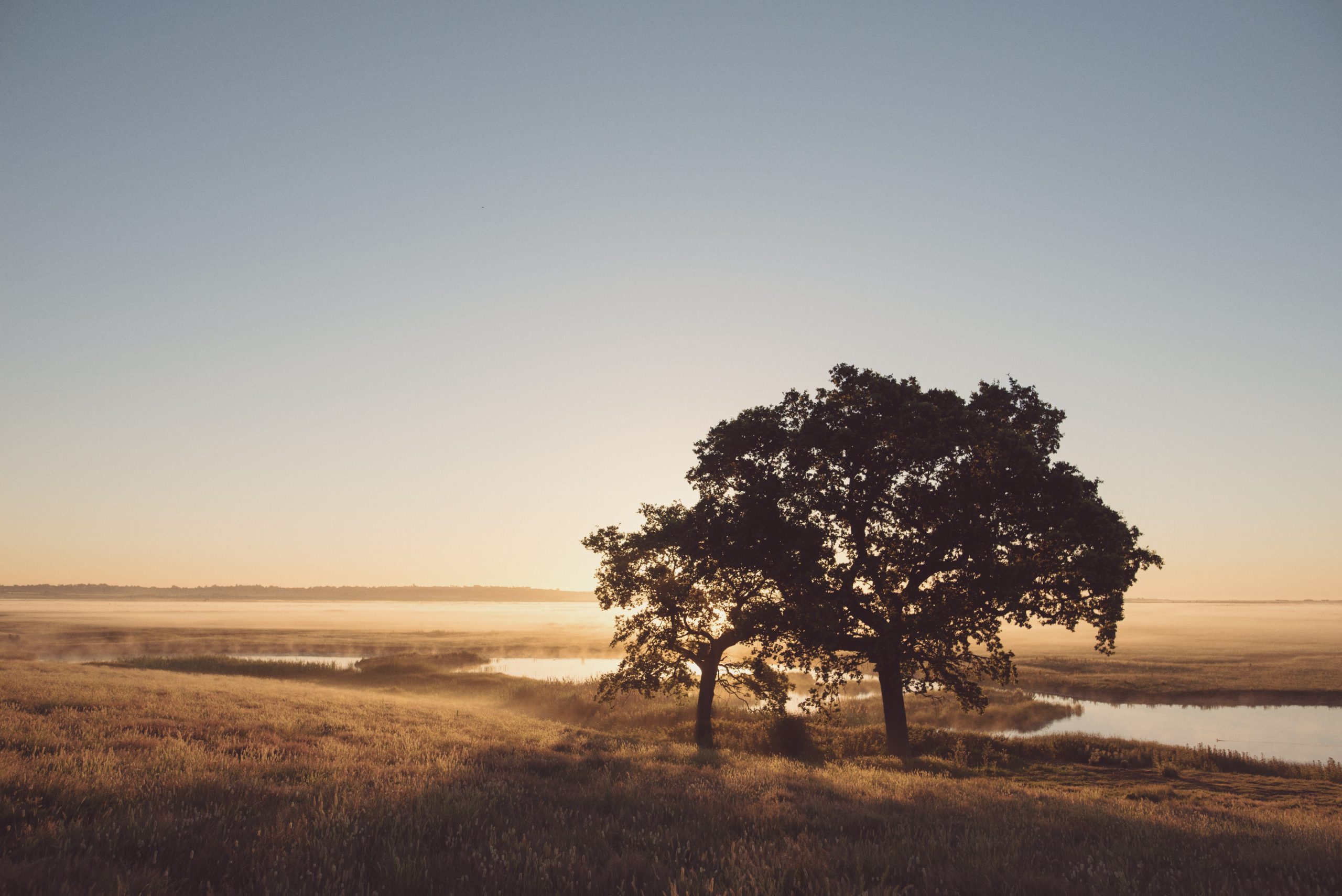
The Isle of Sheppey is not the first place you might think of as a beautiful landscape. At the confluence of the Thames and Medway estuaries, it generally conforms to the term coined by the filmmaker Derek Jarman for his garden at Dungeness, in another part of Kent: Modern Nature. In his case, that meant the Nature that survives in the shadow of a nuclear power station.
There is no power station on Sheppey, but it is hardly manicured — low-lying and marshy, it was known by the soldiers posted here in the First World War as ‘mud island’. Indeed, remains of Sheppey’s 20th-century defences can still be seen in the remnants of concrete structures around the shore.
Prepare, then, to be surprised.
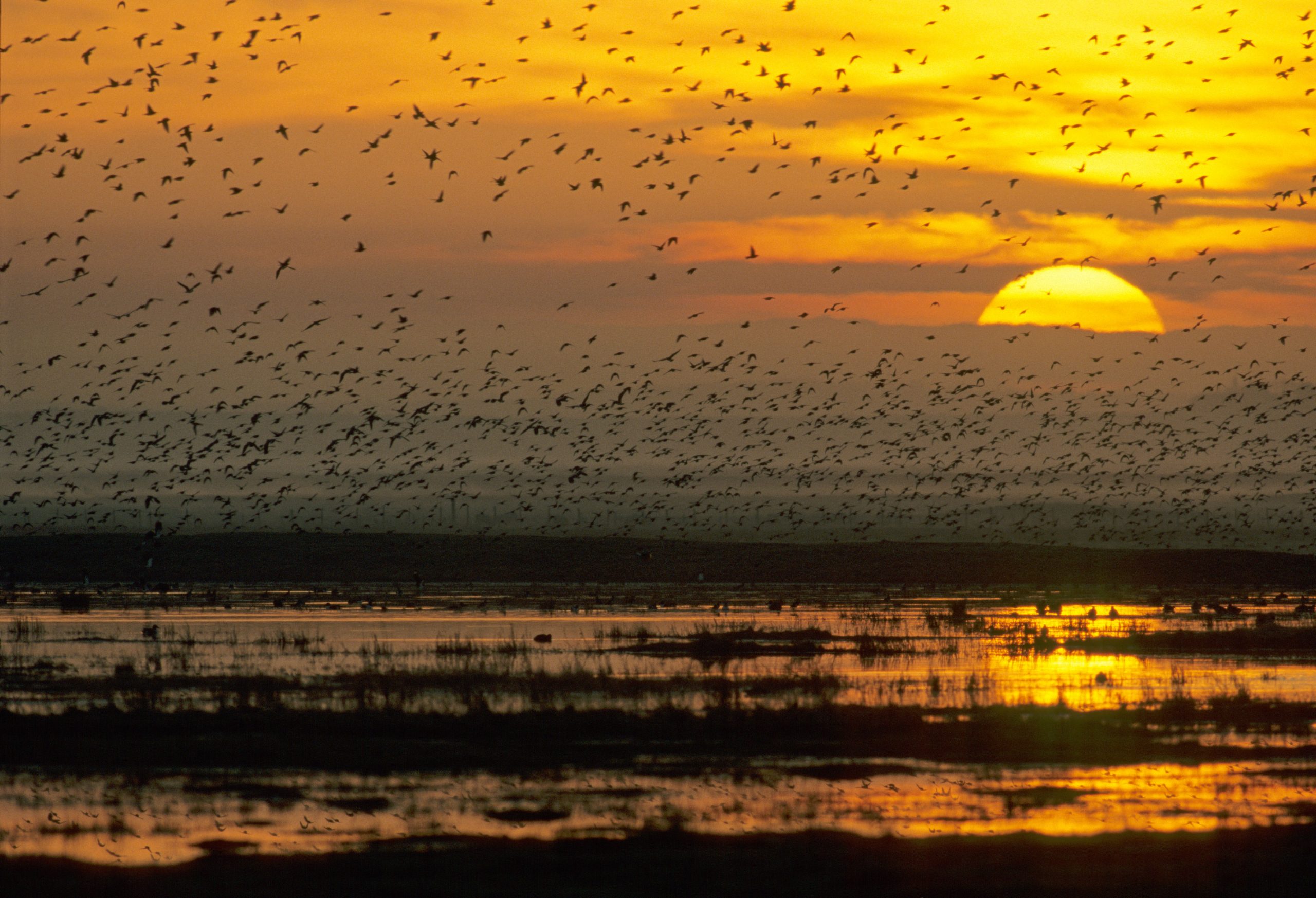
In the lee of tall-arcing Sheppey Crossing bridge lies Elmley, site of the only farmer-run National Nature Reserve (NNR) in Britain. (It can no longer be called the only privately run NNR in Britain, because the Earl of Leicester now manages the Holkham NNR in Norfolk, having followed Elmley’s example. Not bad company to keep.) If you were parachuted onto the marshes one night, you might think you were on the west coast of Scotland when you opened your eyes at dawn.
Those dawns. Storm Dennis has yet to blow itself out when I visit in February, scattering the wigeon and other wildfowl to the further lagoons; there are still rafts of them bobbing on the water near the old Kingshill Farmhouse at first light. I heard them calling shrilly to each other during the night: the French call them canards siffleurs, whistling ducks. During the day, the flocks will feed voraciously on the grass of the marsh, as they fatten themselves up for the long flights they will soon be making to Iceland, Scandinavia or Russia.
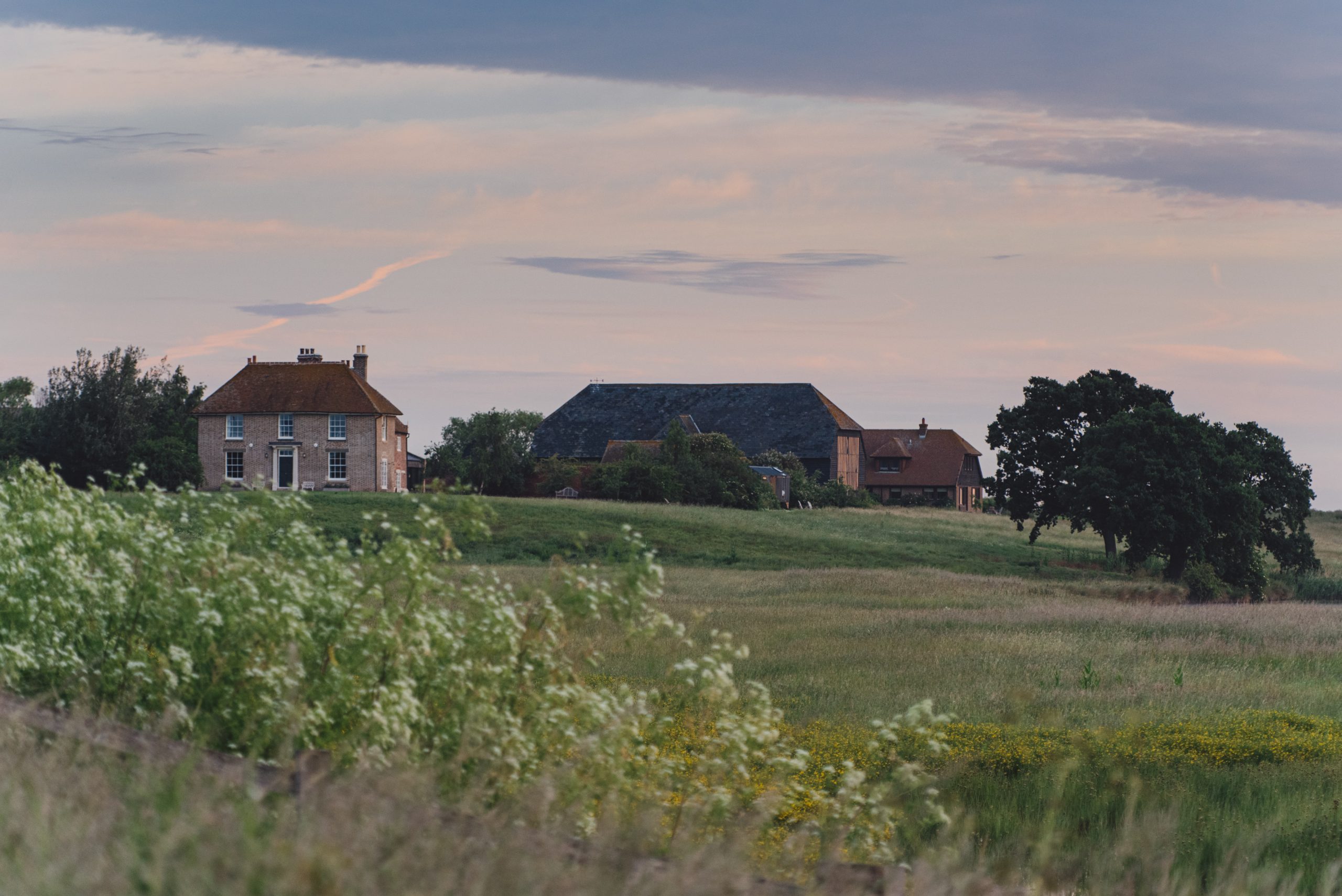
A barn owl labours past, making slow progress against the wind. In the opposite direction, a flight of pochard, with chestnut heads, shoot past as if the birds were turbo-charged. Wherever I look, there seemed to be hares, practising for the 100-yard dash. If I had come a little earlier in the year, in different conditions, I might have seen the sky turn black with waterfowl as throngs got into the air. This could be called England’s Camargue. It has the largest collection of breeding waders in lowland UK.
This is all the more remarkable because Elmley is also a working farm, with no Government help beyond that available to all farmers through agri-environment schemes. However, it is in the hands of a remarkable family. Until recently, the chief representative was Philip Merricks, whose involvement began 50 years ago. Elmley was then run on conventional lines, but, as a passionate conservationist, he saw that it had further potential. For the past 20 years, it has been managed for wildlife, with sheep and cattle contributing to the regime.
Exquisite houses, the beauty of Nature, and how to get the most from your life, straight to your inbox.
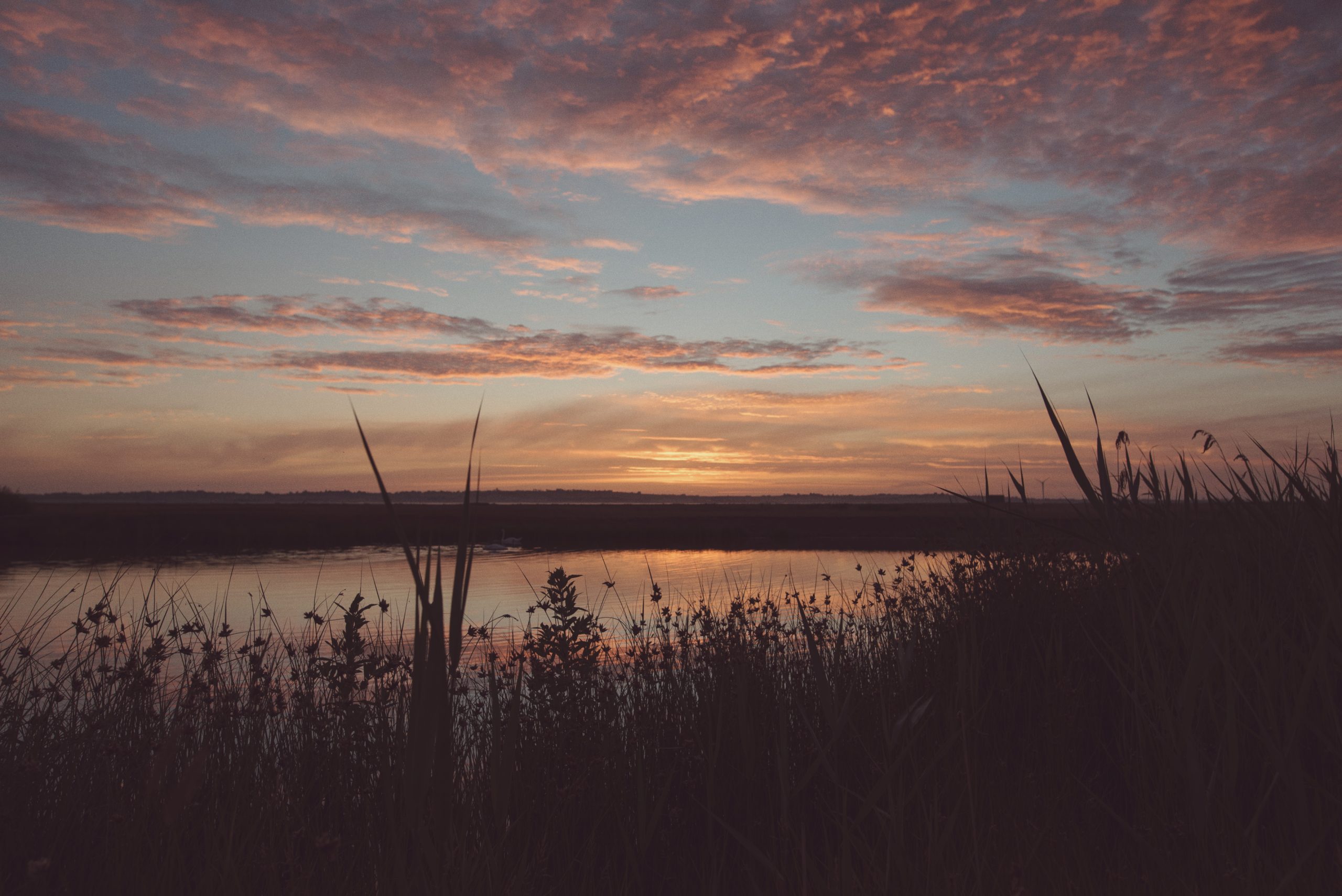
A couple of years ago, Philip’s daughter, Georgina, and her husband, Gareth Fulton, took it on; they have converted the old farmhouse to an upmarket holiday let, turned an ancient barn into a sociable area-cum-party space and installed a number of shepherd’s huts, which are proving popular with young London couples who want to experience the wild at close quarters.
When there are weddings — limited to about 20 a year — overflow guests can overnight in luxury tents. ‘Yoga retreats are really big for us at the moment,’ explains Georgina. ‘We thought of making a visitor centre and cafe, but that didn’t seem right. We have these huge skies and a flat, empty landscape — large numbers of people would spoil it. By staying the night, visitors can get under the skin of the place. So many people think they have to go to Africa to see wildlife, but here is something extraordinary on their doorstep.’
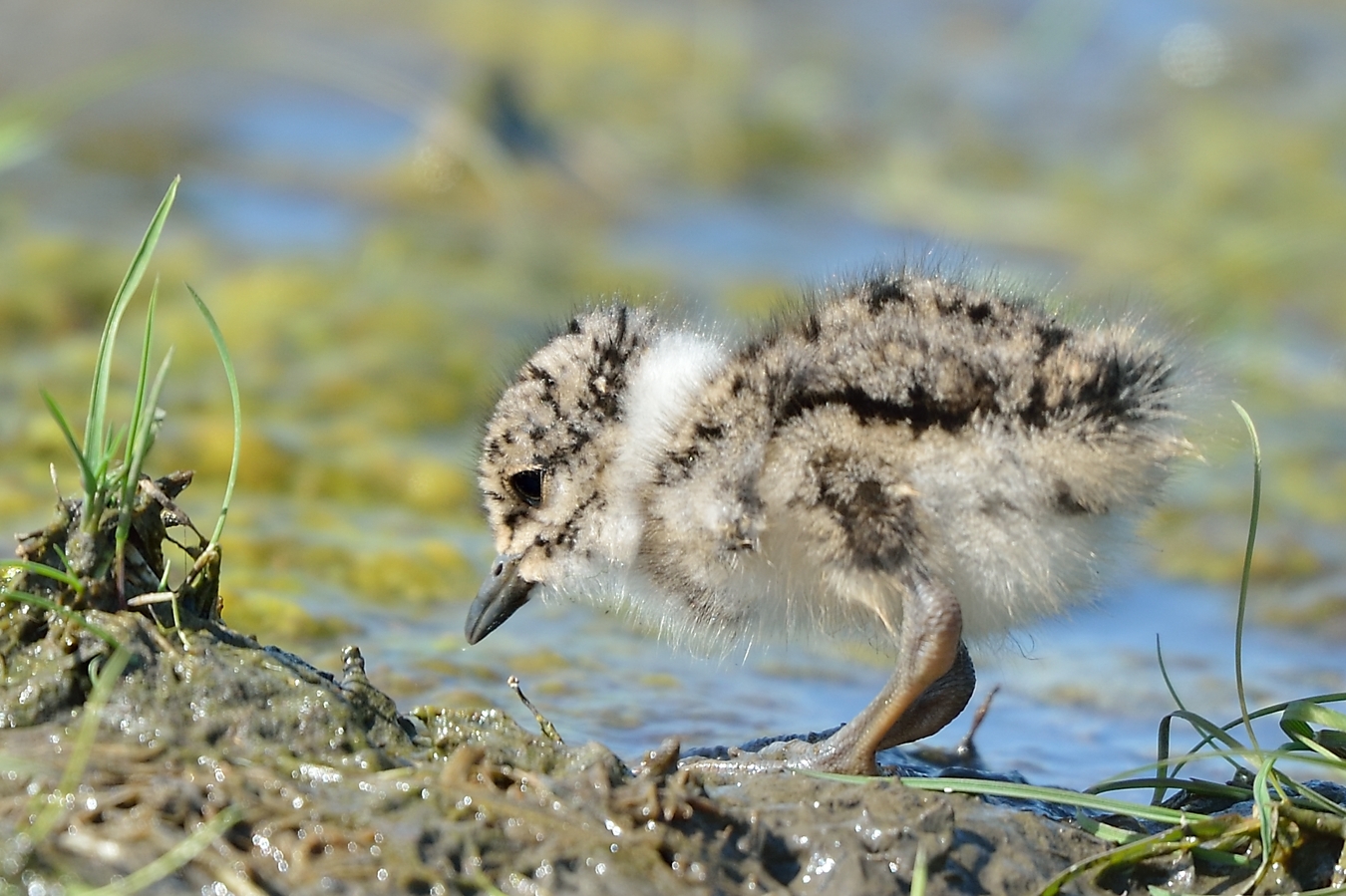
In a previous life, before her two children, Georgina worked in PR, representing, among other things, the Territorial Army. It was in that role that she met Gareth, then adjutant to his regiment, in the not obviously romantic setting of 10, Downing Street (she was organising a reception for veterans).
Gareth took to Elmley like a wigeon to water. As we walk to the farmhouse, a barn owl flaps from its roost; it lives in a tree a few feet away. Gareth picks up one of its pellets and pulls it apart to reveal its latest meal: evidently a vole, from the undigested mandible and teeth. We are on the cusp of a season now: ‘One night soon, there will be less burbling from the ponds and the wigeon will have gone north.’
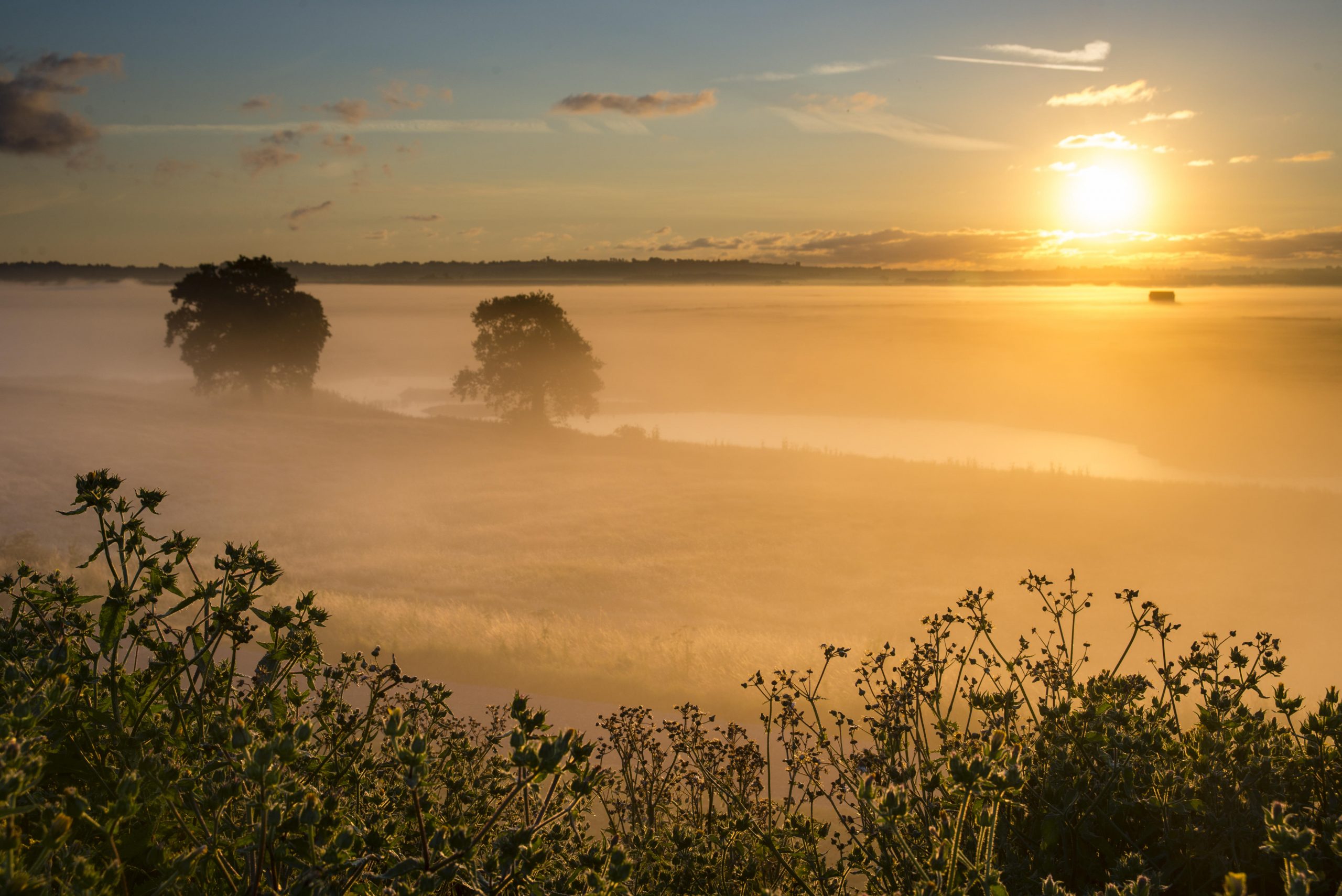
Elmley then changes into its spring and summer plumage. This is the time for dragonflies and damselflies, including the ruddy darter dragonfly and scarce emerald damselfly. Swallows and house martins flit around the eaves of the buildings and marsh frogs strike up a concerto of evening croaking.
In the 18th century, Sheppey’s low-lying land was feared for its ‘marsh vapours’, which were thought to carry disease. According to Edward Hasted, the Kent historian, the pastures were ‘covered in ant hills, very wet in winter, and in summer subject to burn and split open eight or nine feet in depth’. Some of it was ‘very fertile in corn’, yet the commonest use remained the traditional one of fattening sheep; hence the name ‘Sheppey’.
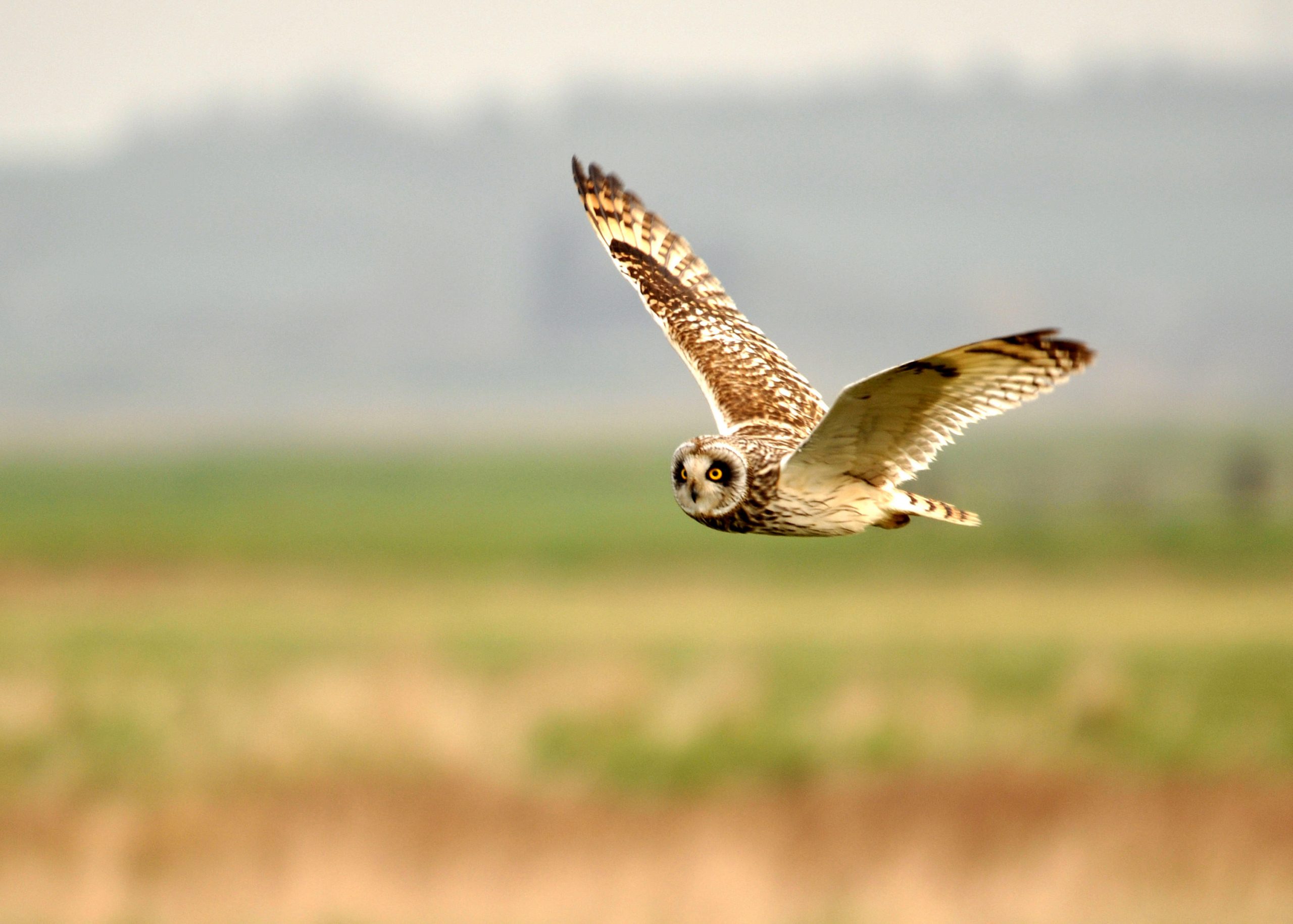
As Secretary for the Admiralty, Samuel Pepys ordered that a dockyard should be built on the north point of the isle, as an extension to Chatham, with the workers initially housed in hulks. The hulks were replaced by houses in the 18th century, including some handsome examples in Mile Town (a mile from the dockyard) — the nucleus of modern Sheerness. The dockyard closed in 1960, removing a major source of employment. In recent years, pioneering champions of fine Georgian architecture have colonised the officers’ houses, but fashion has otherwise yet to descend.
This hardly affects the NNR. Lapwings bob and wheel on the wind, apparently for the pleasure of it, as Philip drives me out onto the marshes. Almost at once, we see a short-eared owl, then another, making an unhurried patrol of the marshes — as they hunt during the day. ‘They’re very rare; a few will breed in Scotland and up on the moors.’ The owls are joined by a marsh harrier, whose presence makes the waterfowl wheel into the air.
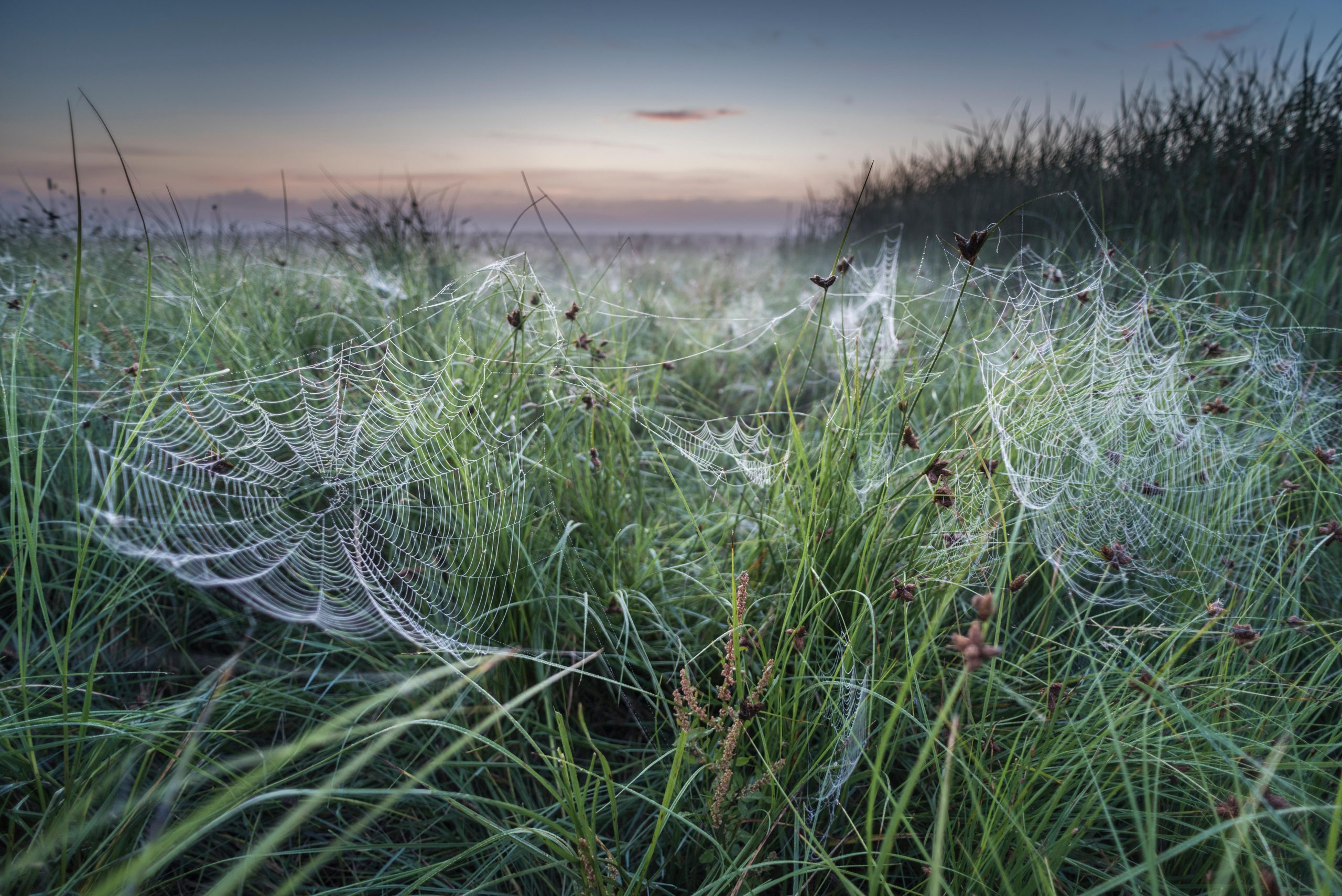
We drive onto the sea wall, looking over the saltmarsh to the mainland. Contrasting with the low lines of the estuary are the white cubic forms of a couple of factories; one makes plasterboard, the other cardboard boxes — hundreds of millions of them a year, in response to the demand from internet retailers. ‘Somebody said: “These factories strike me as so temporary, while the marshes seem so permanent.” I think that’s right.’
The marshes, I suggest, are immemorial. Good heavens, no, Philip tells me: all the work of Man. ‘The sea wall was built in medieval times, using spades — imagine it! Then the Victorians ploughed the land up for arable, using steam tackle. It fell into grass with the agricultural depression that began in the 1880s. During the First World War, it was ploughed up again; then went back to grass between the wars.’ The landscape today, with its seemingly natural rills, is entirely artificial. ‘In summer, we have very low rainfall. All the water has to be pumped on.’
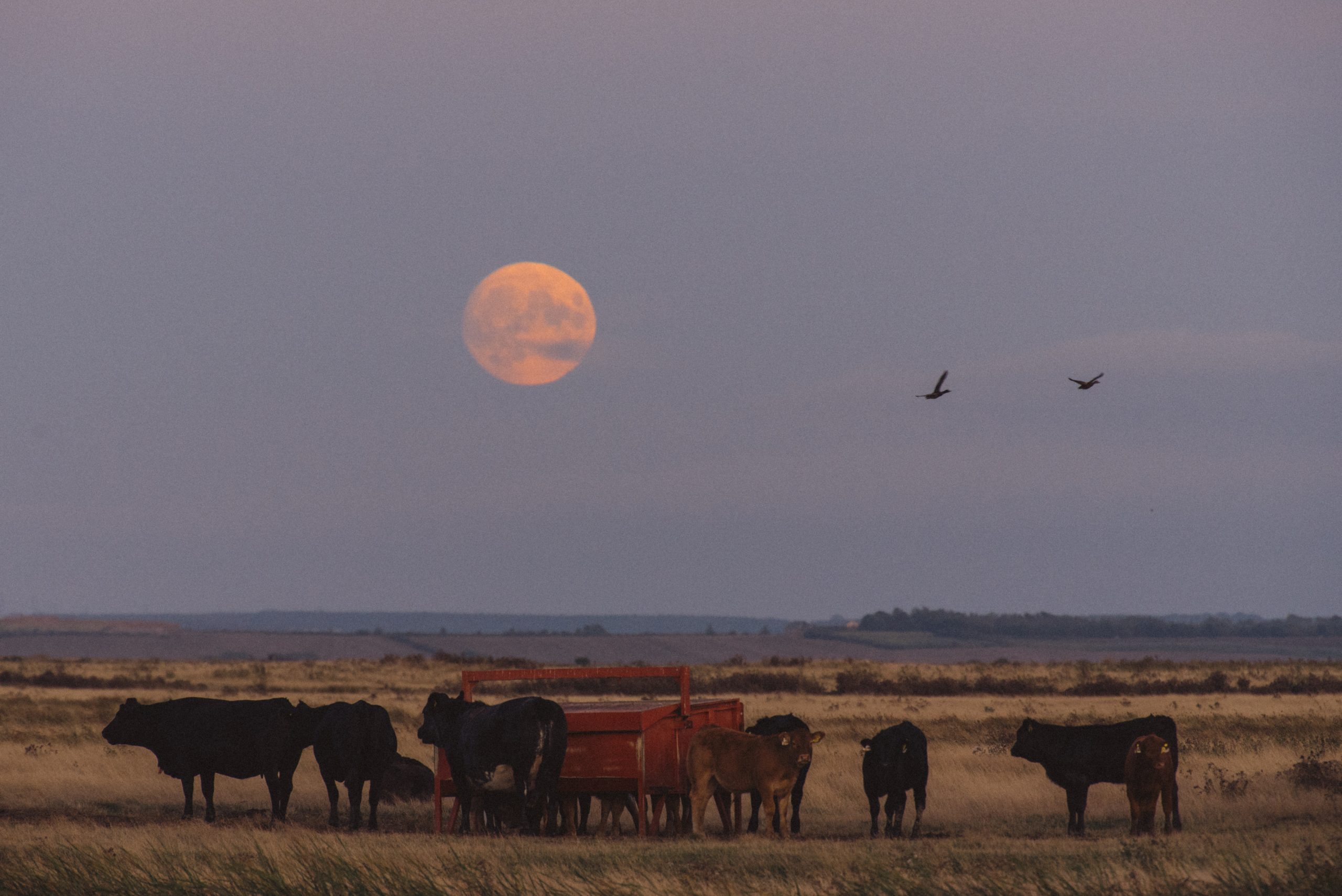
The whole idea is to make it look natural, but there are probably 150 water-control pipes, allowing Gareth and his team to alter the height of water to the nearest half inch. The rills are created by bulldozer. If it were not managed, it would be unpredictable and we’d have far less wildlife.’ Foxes are controlled and badgers are kept out by means of fences; as a result, hedgehog numbers have boomed. So much for rewilding.
In the evening, the big sky is as luminescent as a Dutch landscape painting and the number of lapwings makes it difficult to leave. The crested dandies with their peewit call have caused something of a traffic incident, by Elmley standards; three cars have felt compelled to stop and watch them. Ours makes a fourth, until we drive reluctantly away. Little more than an hour from London and we feel we’ve been on safari.
Elmley Nature Reserve — 01795 664896; www.elmleynaturereserve.co.uk
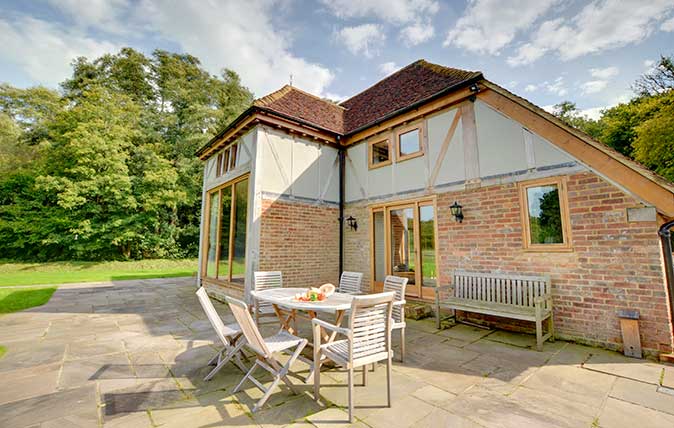
Credit: Birdsong Barn
Birdsong Barn: A holiday cottage getaway set in its own private nature reserve
Birdsong Barn, in the heart of England's '1066 Country', offers a unique break: a beautifully-converted building with a private 350-acre
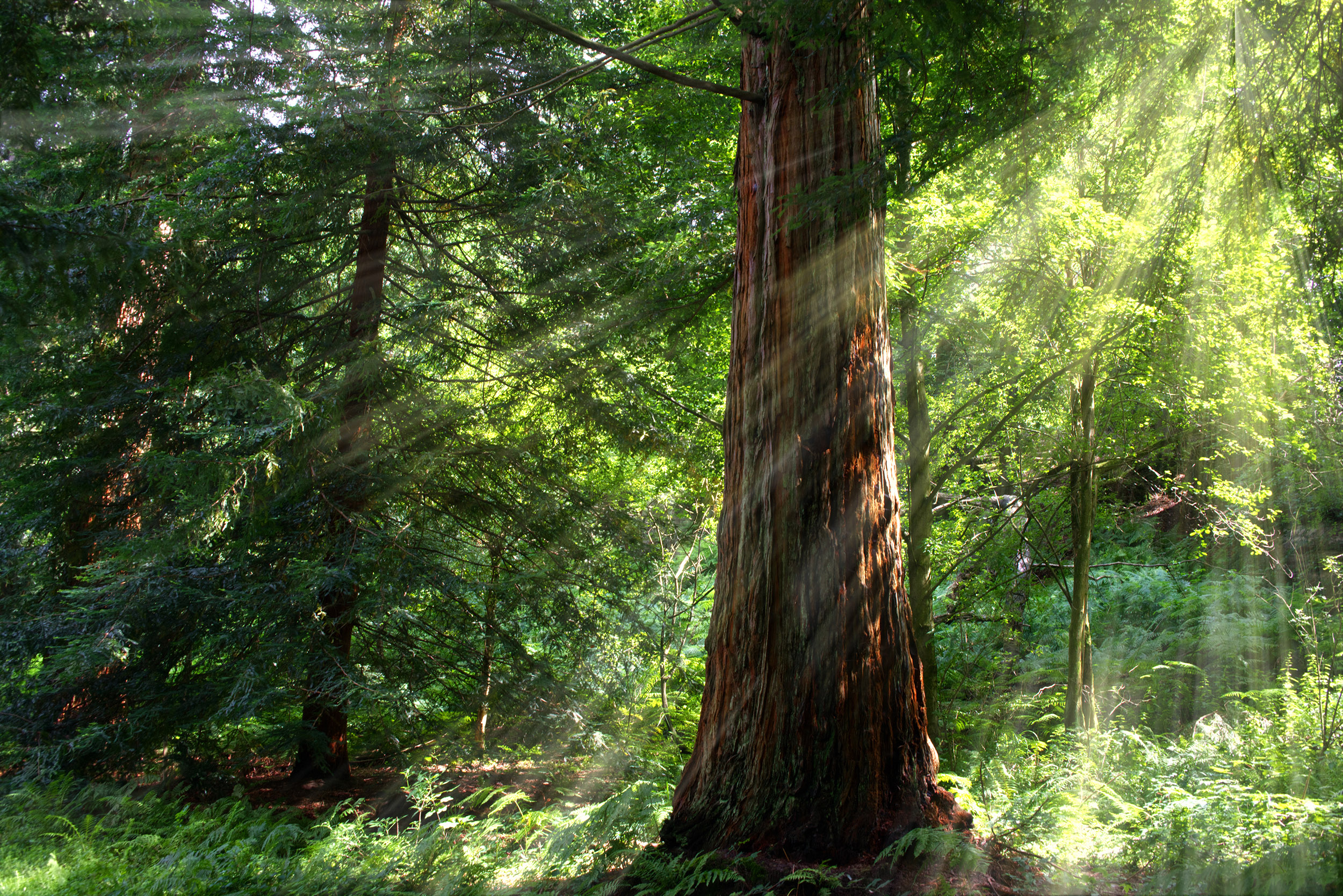
The 15 best pictures from the National Trust's photo competition to find a cover for its 2020 member handbook
A beautiful image of a nature reserve on the Isle of Wight has won the honour of being on the
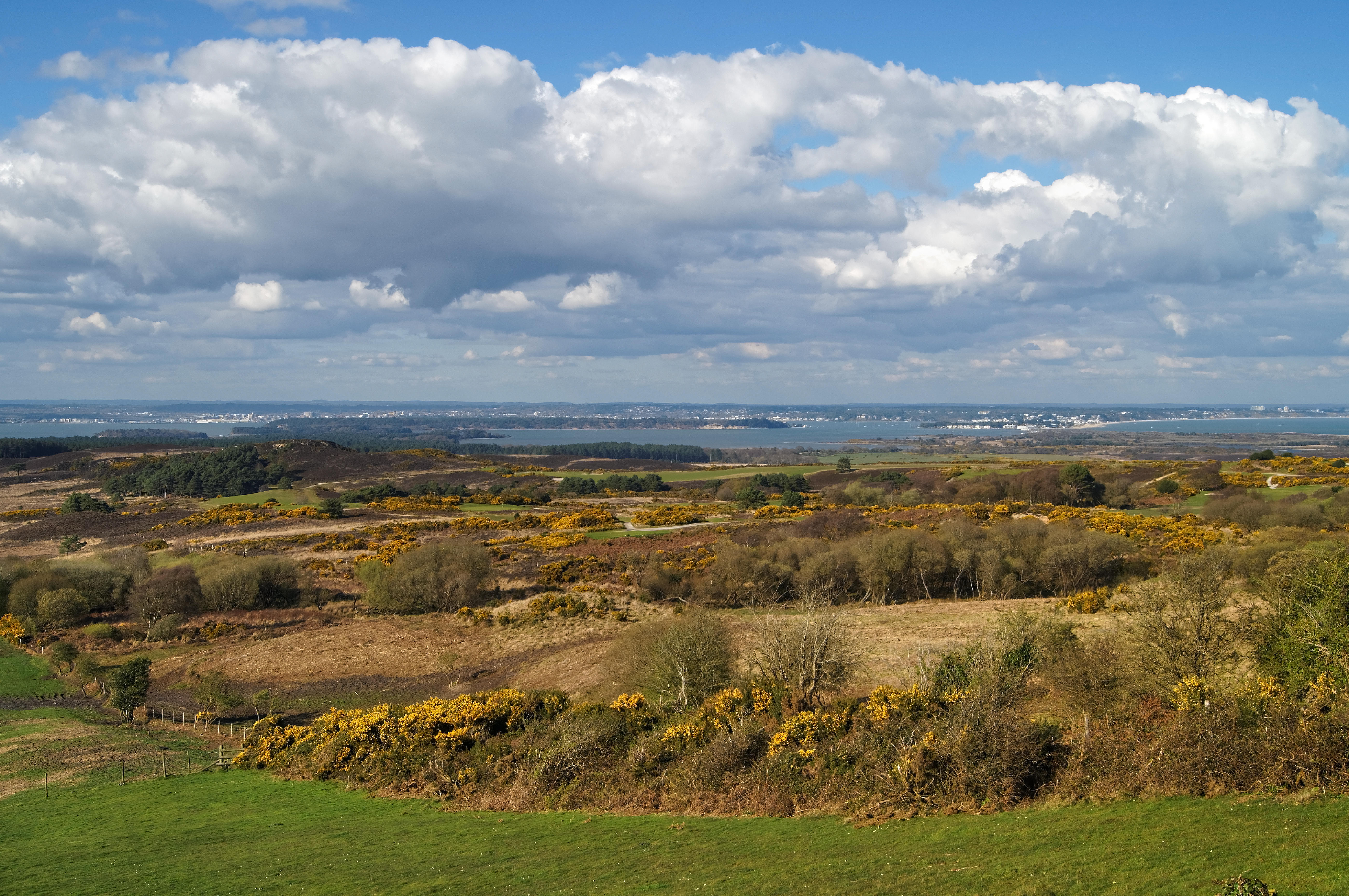
Credit: Alamy
Purbeck Heaths becomes the first 'super' National Nature Reserve in the UK
Dorset's Landowners have combined three existing NNRs to form a biodiverse haven for wildlife, with the environment seeing phenomenal benefits